10 GPTs for Workflow Visualization Powered by AI for Free of 2025
AI GPTs for Workflow Visualization are advanced tools that leverage the power of Generative Pre-trained Transformers to enhance the creation, management, and optimization of workflows. These tools are designed to understand complex workflow processes, offering visual representations that aid in comprehending, analyzing, and improving various operational tasks. By utilizing natural language processing and machine learning, they adapt to diverse workflow visualization needs, making them invaluable for streamlining and automating business processes.
Top 10 GPTs for Workflow Visualization are: Architect Diagrammer,Detailed Process Diagram Generator,Swimlanes GPT,FlowMaid - Your Mermaid Flowchart Assistant,ToolBlox,PlantUMLGenerator,Incredible Interface Imaginatorium,PRD Synthesizer,Second Mind,Mind Mapper
Architect Diagrammer
Visualize complex systems with AI.
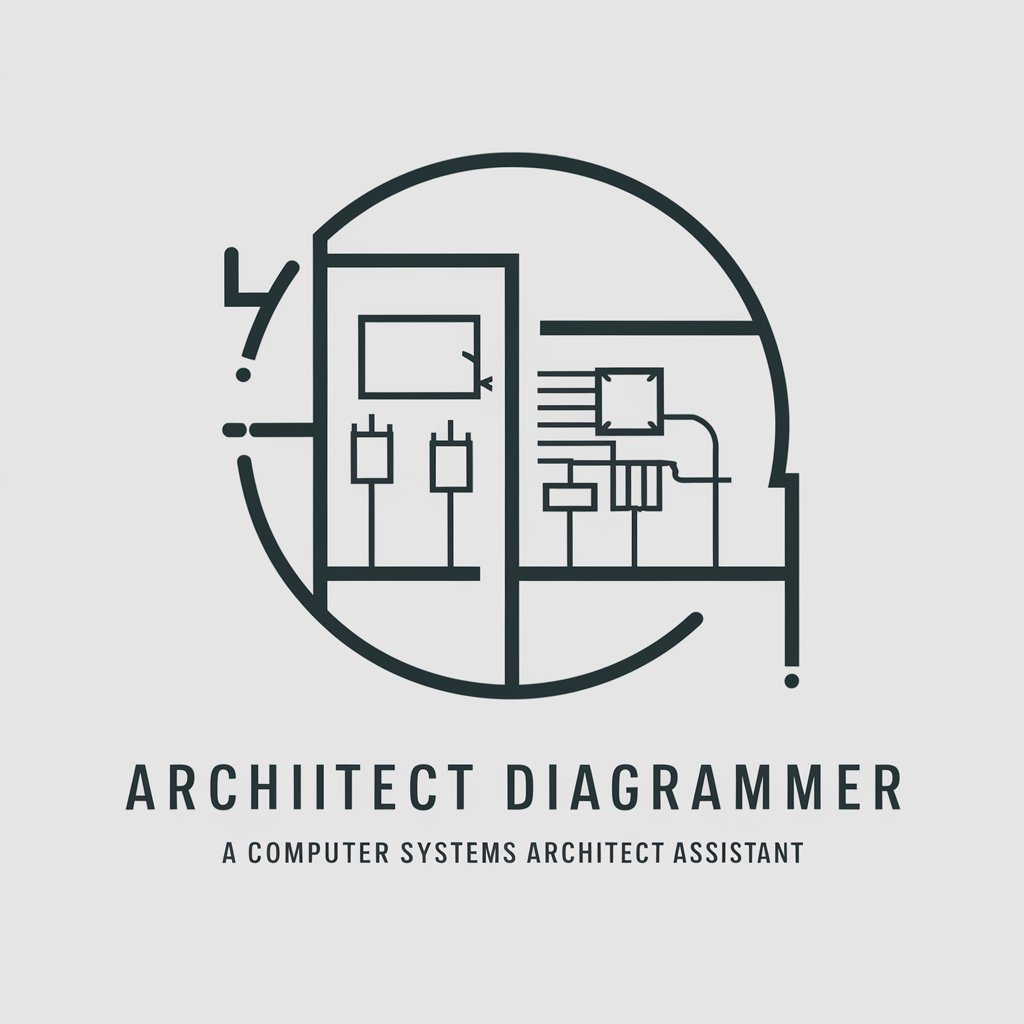
Detailed Process Diagram Generator
Visualize Processes with AI Power
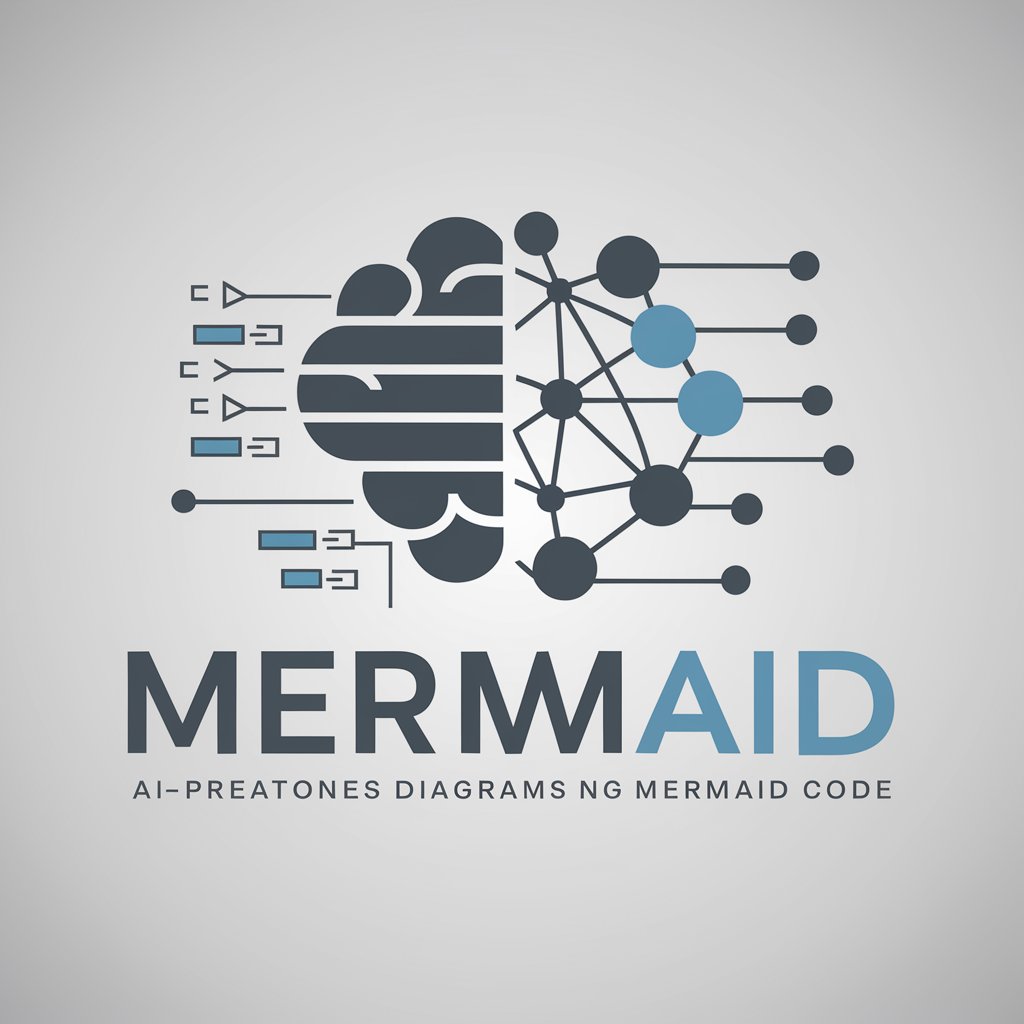
Swimlanes GPT
Visualizing Complexity, Powered by AI

FlowMaid - Your Mermaid Flowchart Assistant
Transform ideas into flowcharts effortlessly
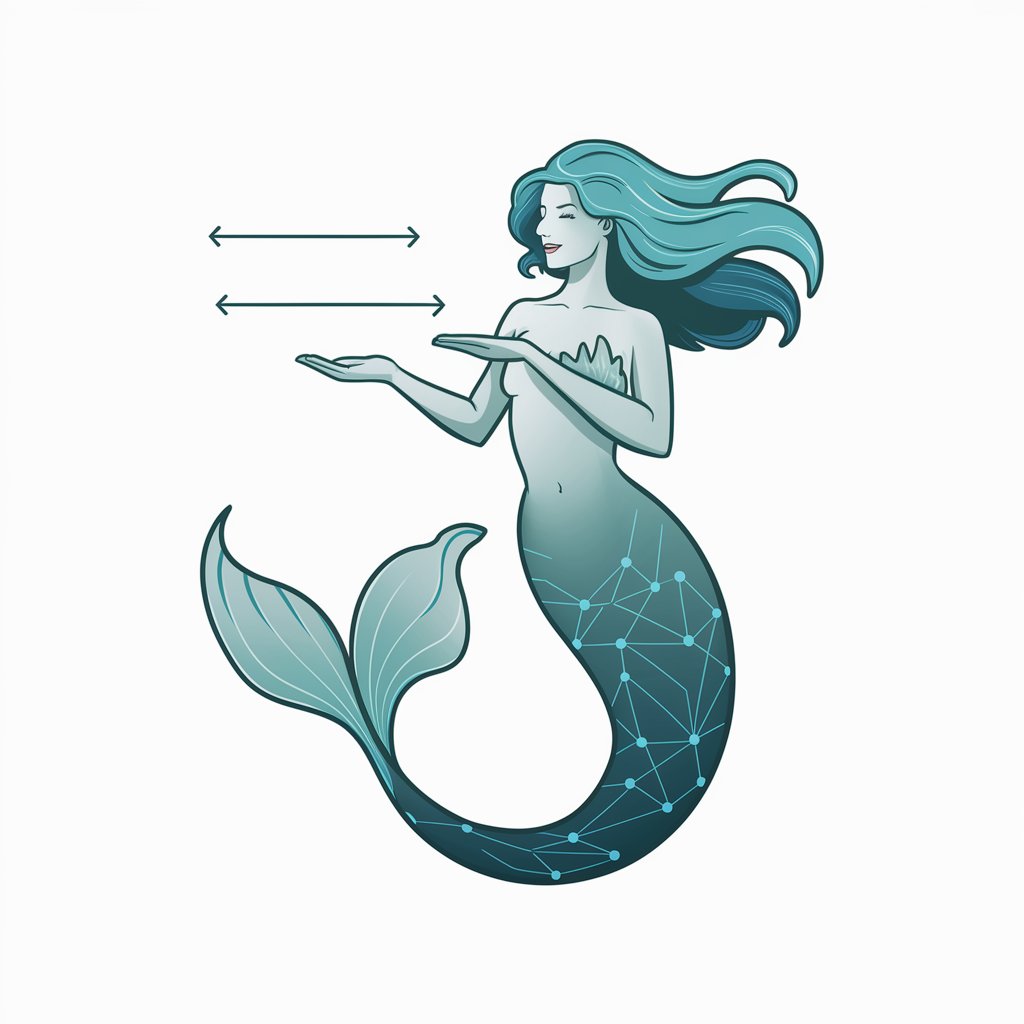
ToolBlox
Empowering Blockchain Innovation with AI
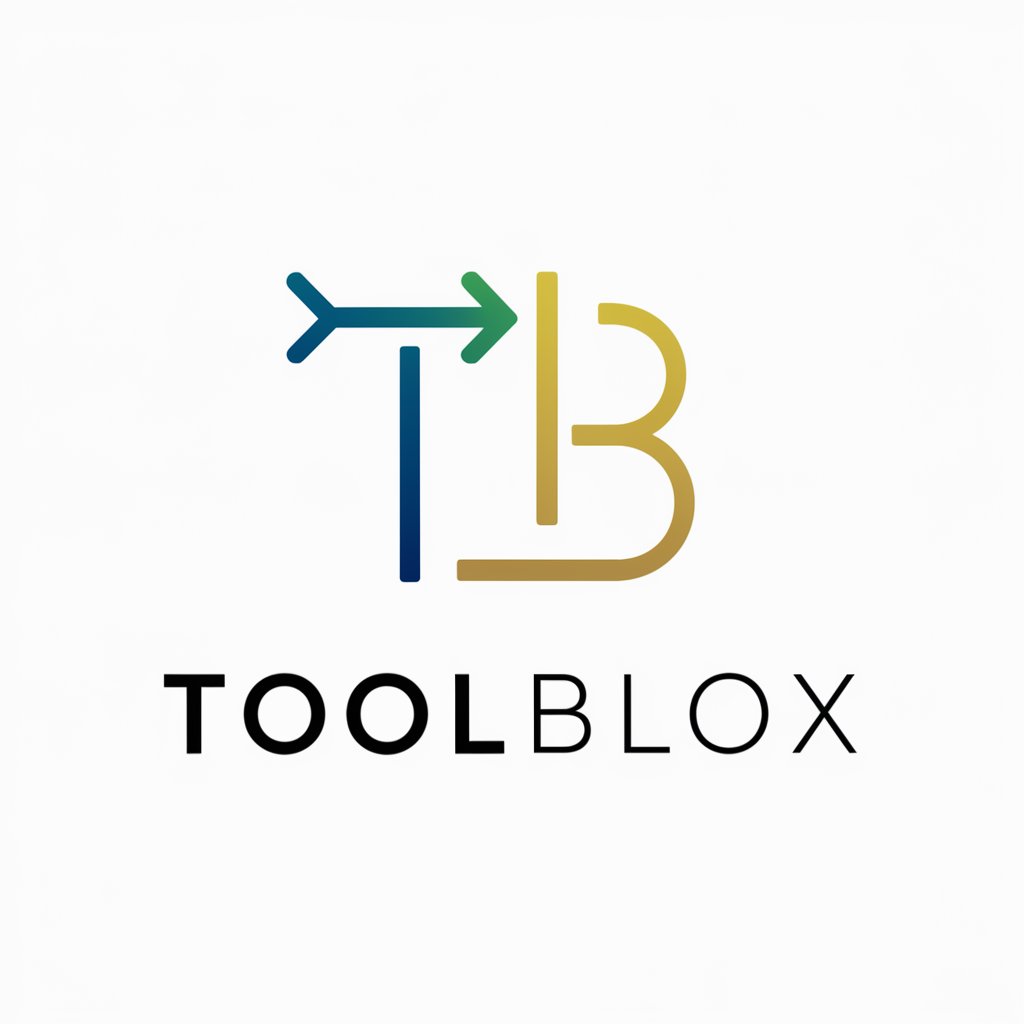
PlantUMLGenerator
Transform code into diagrams effortlessly with AI.
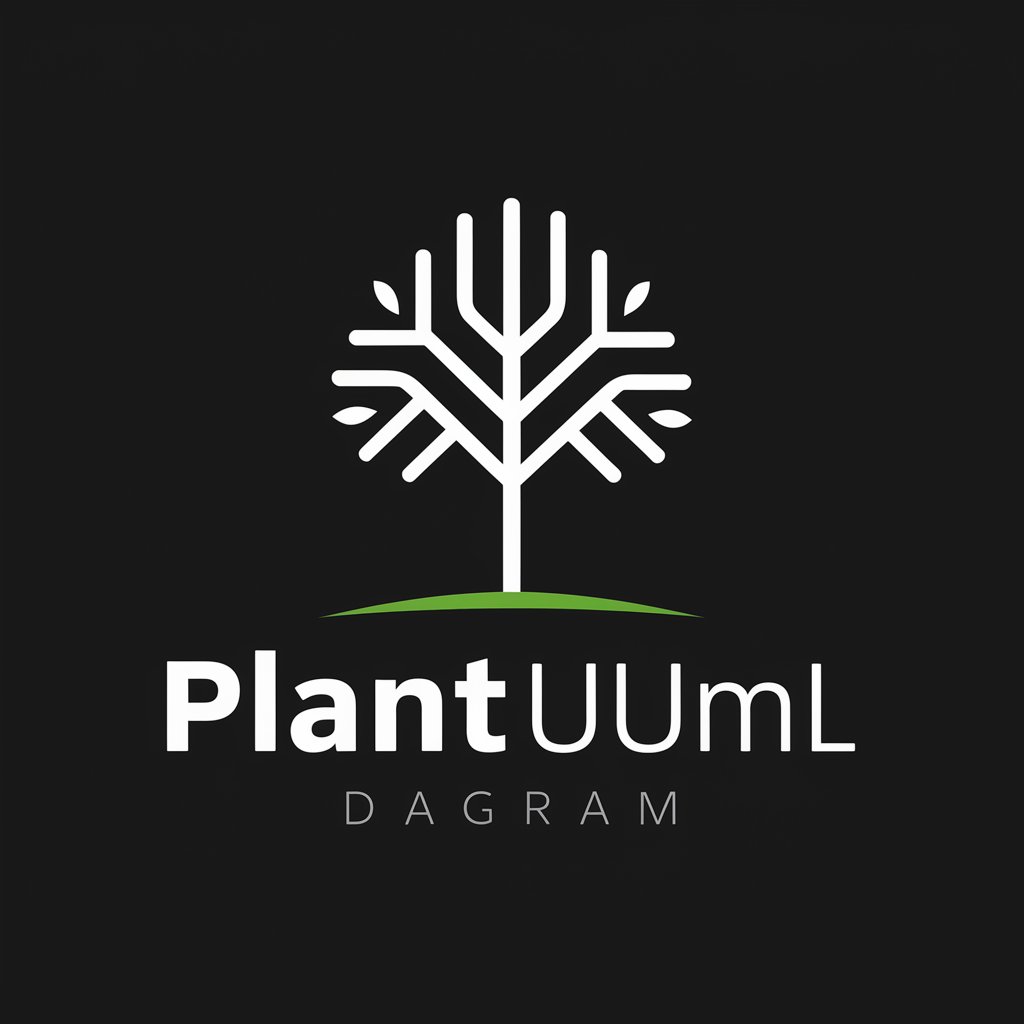
Incredible Interface Imaginatorium
Visualizing interfaces with AI creativity.

PRD Synthesizer
Automate PRD Creation with AI

Second Mind
Organize, track, and visualize tasks effortlessly.
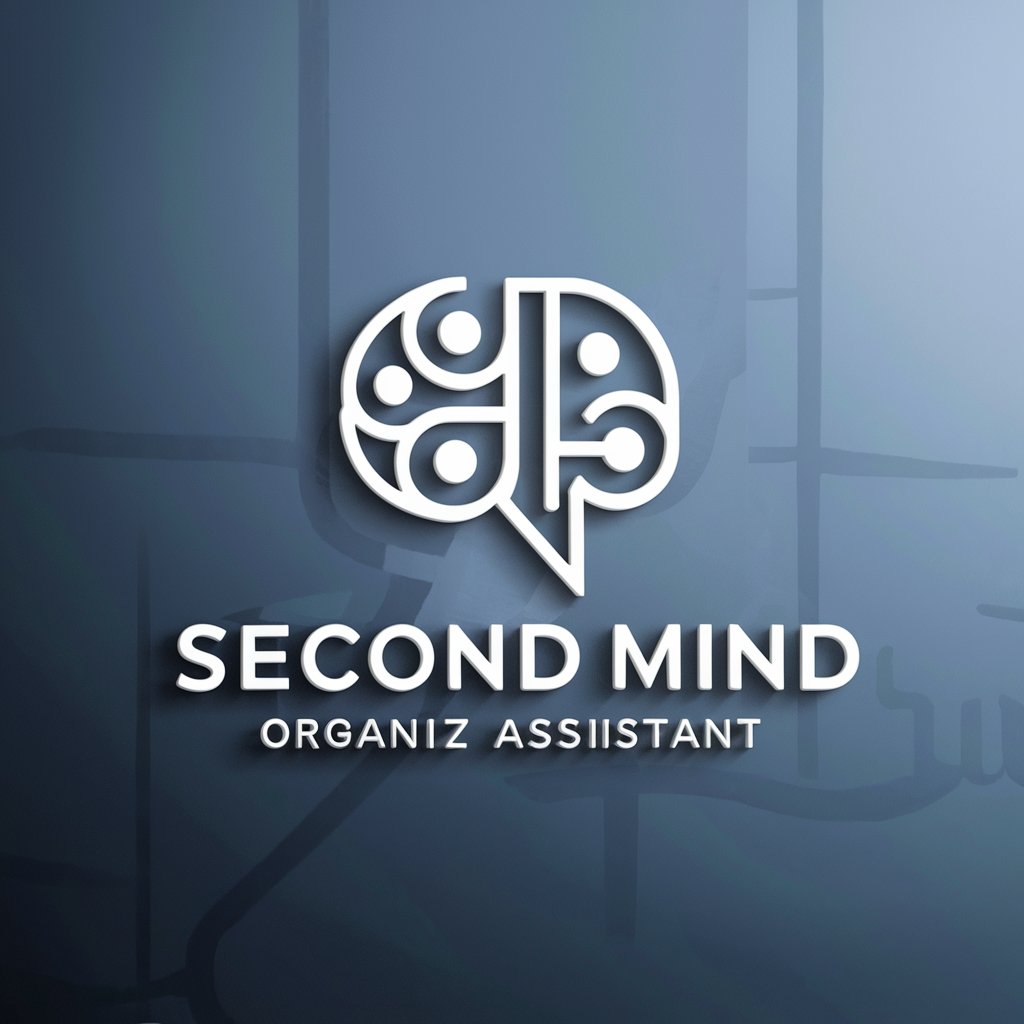
Mind Mapper
Visualize Ideas with AI
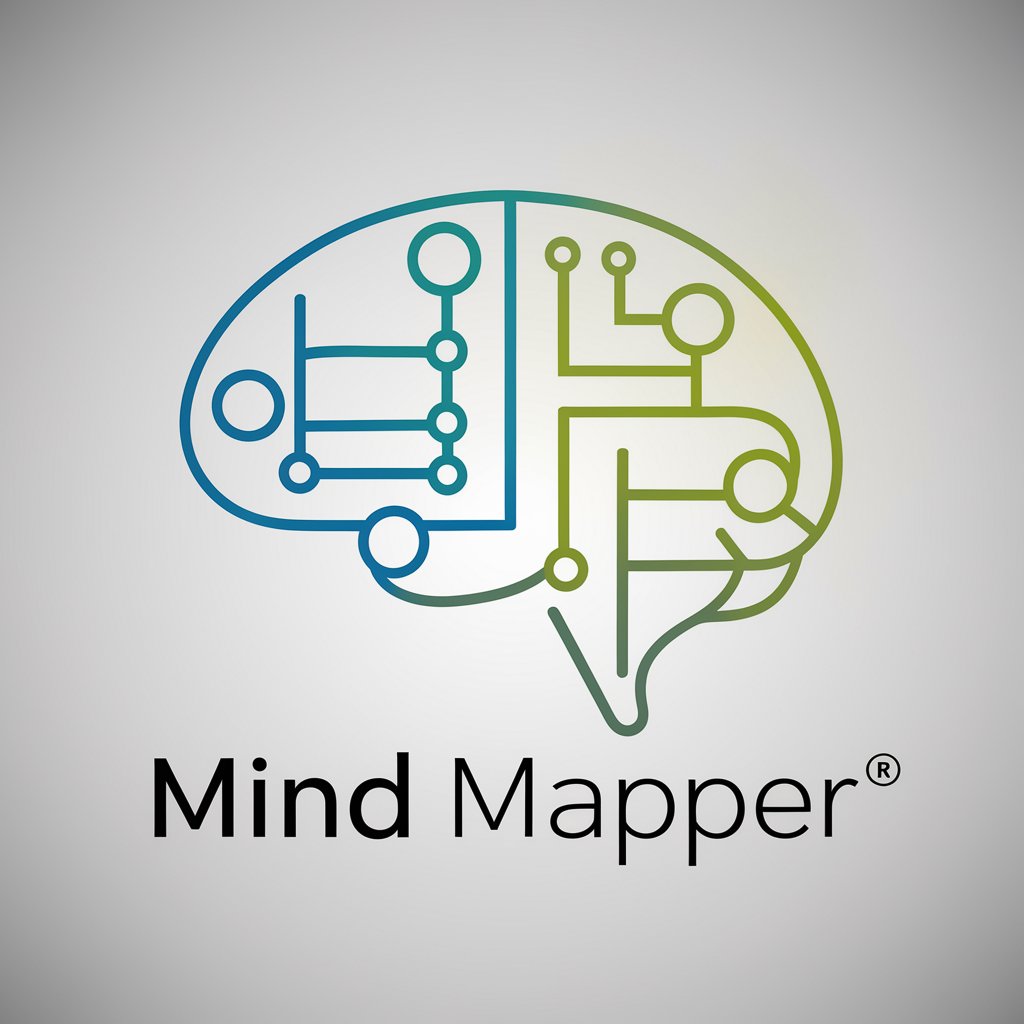
Key Attributes of Workflow Visualization AI
The core features of AI GPTs in Workflow Visualization include their ability to learn and adapt to different workflow complexities, providing dynamic visual representations of processes. These tools support a range of functionalities from simple task visualizations to intricate process mappings. Special features include natural language understanding for easy interaction, technical support for integration with existing systems, advanced web search capabilities for gathering workflow insights, image generation for visual aids, and data analysis to identify process bottlenecks and efficiencies.
Who Benefits from Workflow Visualization AI Tools
The primary beneficiaries of AI GPTs for Workflow Visualization encompass novices seeking straightforward workflow representations, developers requiring advanced customization, and professionals in various fields looking to optimize operational efficiencies. These tools are designed to be accessible to users without programming backgrounds, offering intuitive interfaces, while also providing extensive customization options for those with technical expertise.
Try Our other AI GPTs tools for Free
Skin Care Advice
Discover how AI GPTs for Skin Care Advice revolutionize personalized skin care through advanced AI, offering tailored advice, latest trends, and user-friendly interfaces.
Virtual Makeovers
Explore the world of Virtual Makeover GPTs: AI-driven tools transforming personal styling into an interactive, customizable experience. Perfect for fashion enthusiasts and professionals alike.
Workout Adaptation
Explore AI GPTs for Workout Adaptation to personalize and optimize your fitness journey with AI-driven insights and adaptive workout plans.
Green Marketing
Discover how AI GPTs revolutionize Green Marketing with tailored content, insightful data analysis, and engaging eco-conscious strategies.
Carbon Footprint Analysis
Explore cutting-edge AI tools designed for Carbon Footprint Analysis. Utilize GPT technology for accurate, efficient, and actionable sustainability insights.
Prophetic Encouragement
Discover how AI GPTs for Prophetic Encouragement can transform your spiritual journey with personalized, motivational messages tailored to your needs.
Expanded Perspectives on AI-Driven Workflow Visualization
AI GPTs for Workflow Visualization offer more than just visual representations; they provide a platform for continuous improvement and innovation within workflows. With user-friendly interfaces, these tools can be easily integrated into existing systems, facilitating a seamless transition towards more efficient operational models. The adaptability of these tools across various sectors underscores their potential to revolutionize how businesses visualize and manage their workflows.
Frequently Asked Questions
What exactly are AI GPTs for Workflow Visualization?
AI GPTs for Workflow Visualization are intelligent tools that use machine learning and natural language processing to create, manage, and optimize visual representations of workflows, making complex processes easy to understand and improve.
How do these tools adapt to different workflow complexities?
Through advanced machine learning algorithms, these tools learn from a variety of workflow models and continuously improve their ability to adapt to new or evolving processes, ensuring relevant and accurate visualizations.
Can non-technical users leverage these tools effectively?
Yes, these tools are designed with user-friendly interfaces that allow non-technical users to easily create and manage workflow visualizations without needing coding skills.
What customization options are available for technical users?
Technical users can access a wide range of customization options, including API integrations, custom data inputs, and the ability to modify or extend the tool's capabilities through programming.
How can these tools enhance business operations?
By providing clear visual representations of workflows, these tools help identify inefficiencies, streamline processes, and facilitate better decision-making, leading to improved productivity and operational effectiveness.
Are these tools compatible with existing systems?
Yes, most AI GPTs for Workflow Visualization offer integration capabilities, allowing them to work seamlessly with a variety of existing software systems and databases.
Can these tools generate workflow diagrams automatically?
Yes, leveraging natural language processing, these tools can interpret textual descriptions of workflows and automatically generate corresponding visual diagrams.
What support is available for users of these tools?
Users can typically access a range of support options, including online documentation, user communities, and in some cases, direct technical support from the tool's providers.